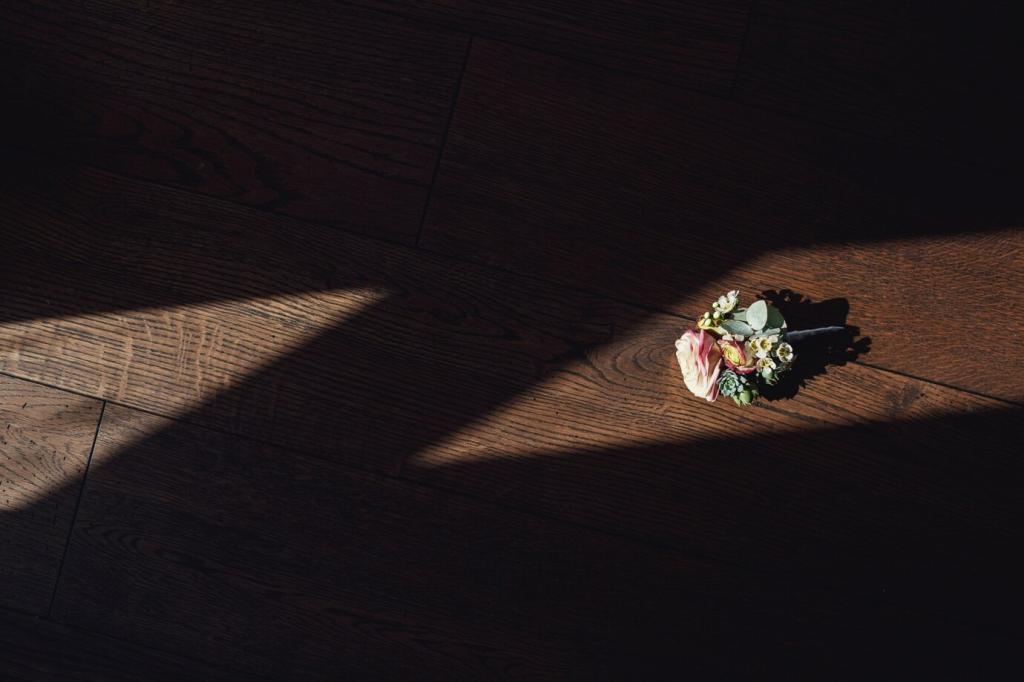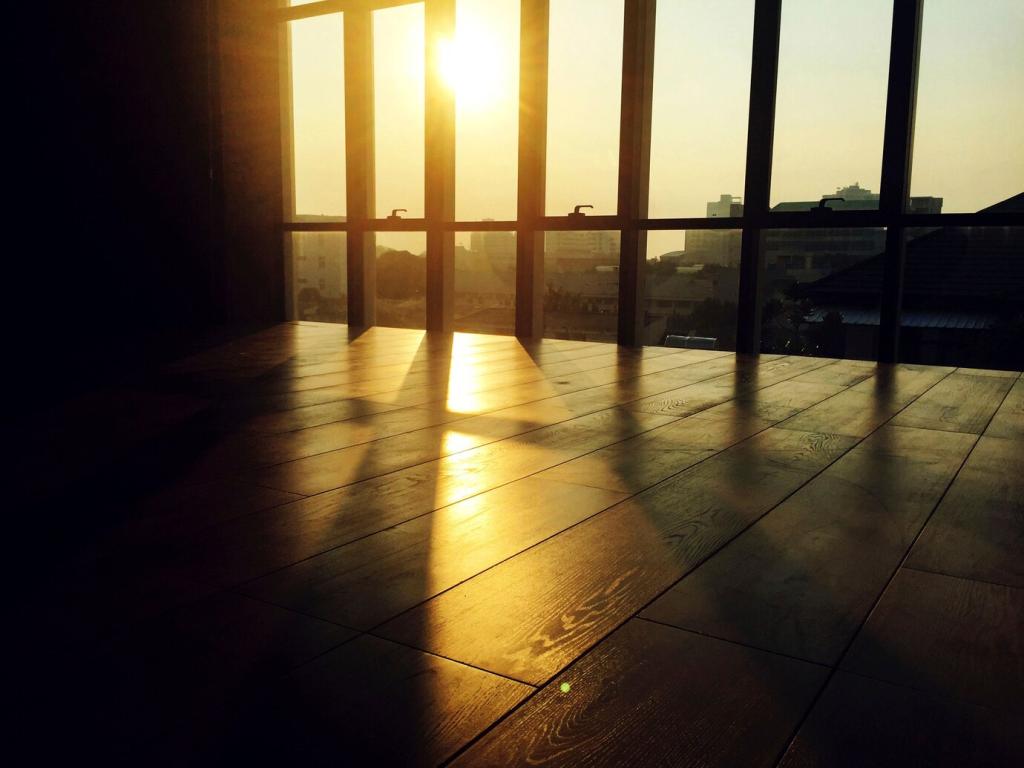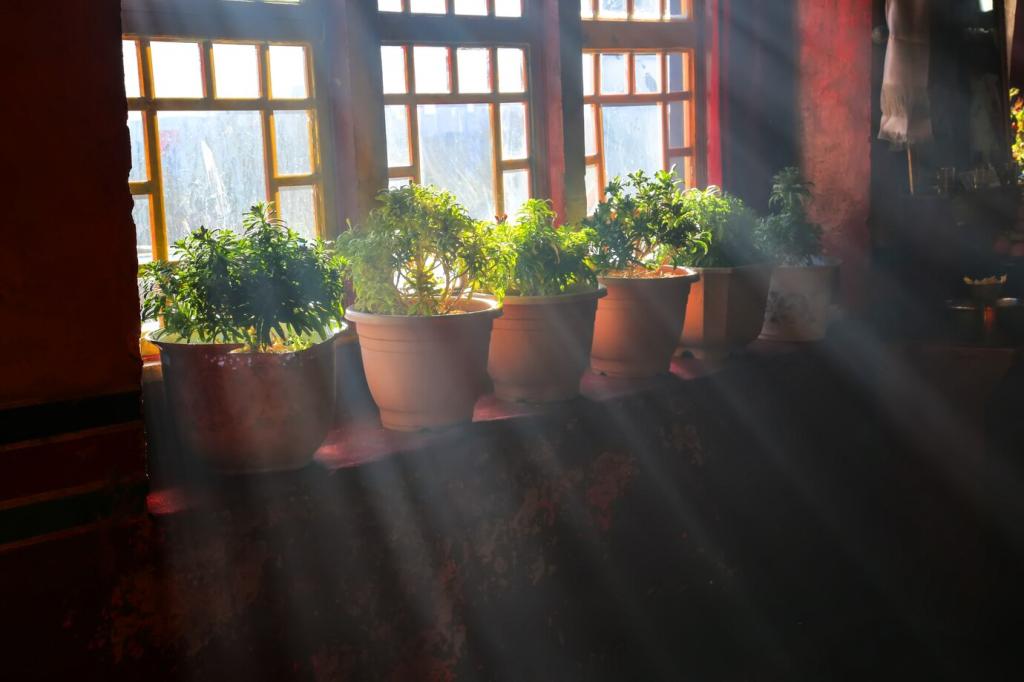
Optimizing Indoor Environments with Natural Lighting Techniques
Creating vibrant and healthy indoor spaces hinges significantly on how natural light is harnessed and distributed. Thoughtful use of daylight not only enhances the physical and psychological comfort of occupants but also reduces energy consumption and supports sustainable building practices. By understanding and applying effective natural lighting techniques, architects, designers, and homeowners can design environments that foster well-being, boost productivity, and contribute to the overall aesthetic appeal of interior spaces. This page explores the principles and strategies behind optimizing indoor environments using natural lighting, offering insights into maximizing daylight’s benefits while addressing potential challenges.

Strategic Placement of Windows and Openings
The orientation of windows relative to the sun’s path determines both the quantity and quality of natural light that enters a space. South-facing windows generally offer a steady influx of sunlight, particularly in regions north of the equator, while north-facing windows provide softer, more diffuse daylight. By considering seasonal sun angles and local climate conditions, designers can orient windows to capture maximum daylight during desirable hours. This approach not only brightens interiors but also supports thermal comfort and energy efficiency. Attention to window height, sill levels, and placement ensures that daylight reaches deeper into buildings, further reducing the need for supplemental lighting.
Daylight Control and Glare Management
Light shelves and external reflectors are architectural elements designed to control the penetration and distribution of daylight. Positioned above eye level, light shelves bounce sunlight onto ceilings, which then diffuse it throughout a space. This process helps eliminate harsh contrasts and reduces direct glare, resulting in a more even, comfortable light quality. Light shelves can be tailored to the sun’s angles and building orientation, optimizing their effect year-round. By integrating these features, designers not only direct daylight deeper into interiors but also support energy savings by lowering the demand for artificial lighting during daytime hours.


Previous slide
Next slide
